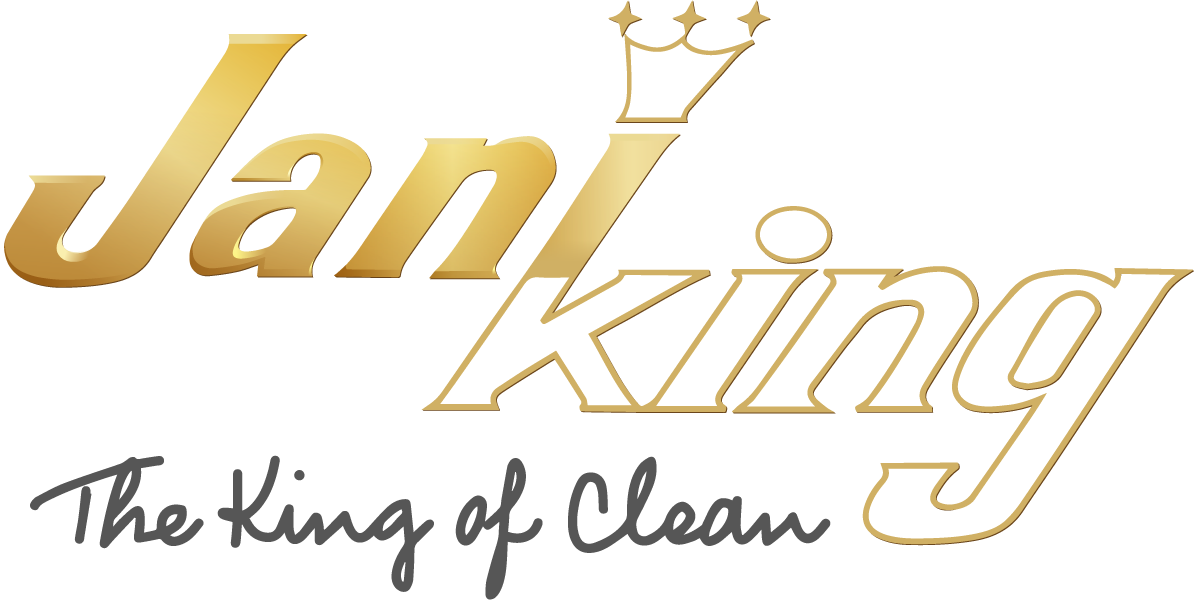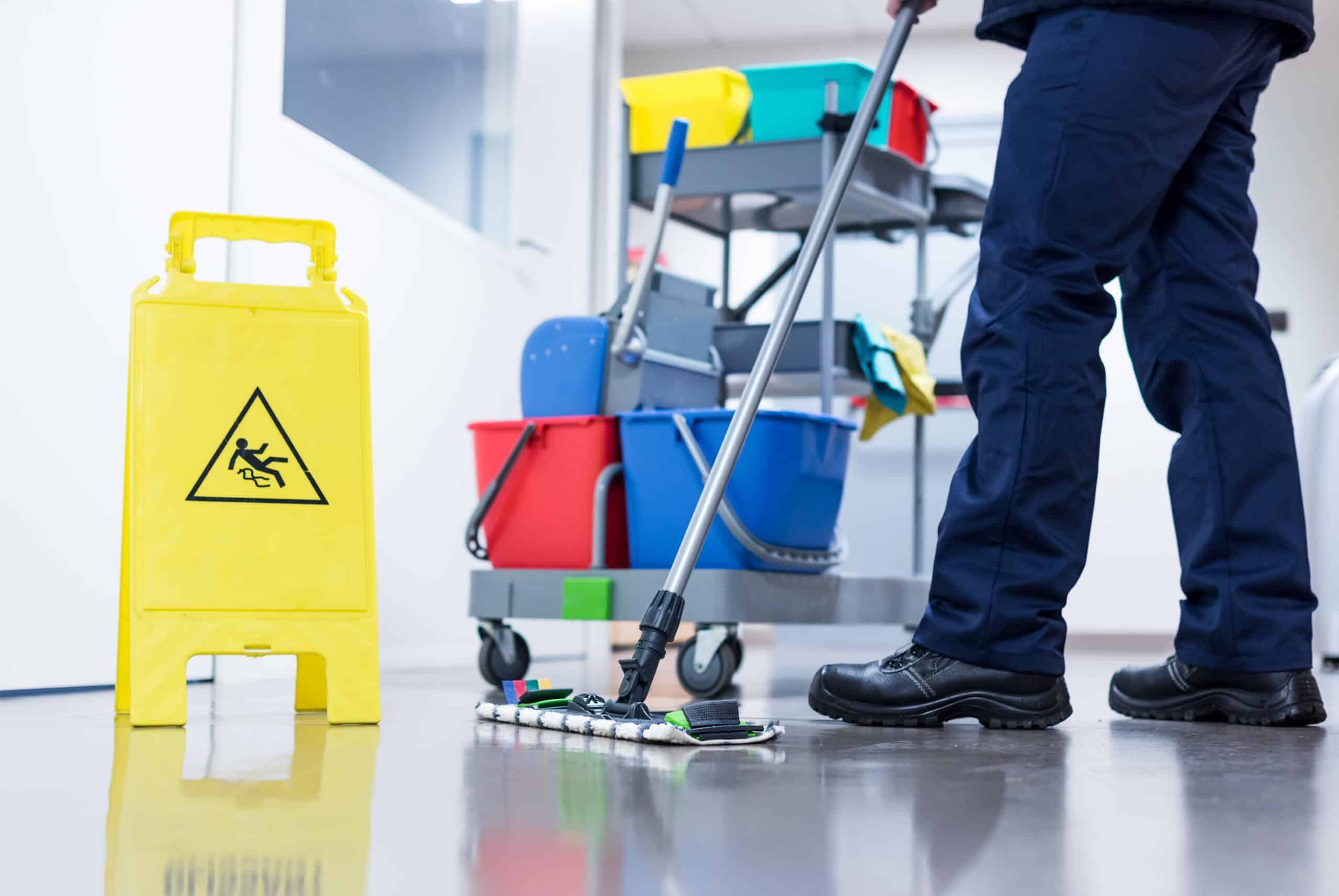Maintaining a safe and healthy environment in educational and childcare facilities is essential for both children and staff. As young children are more susceptible to infections, effective cleaning protocols help prevent the spread of germs. Regular and thorough cleaning reduces the risk of illness and promotes a safe, positive environment for learning and play.
Our team at Jani-King has compiled a checklist highlighting key cleaning tasks and procedures to maintain high hygiene standards, creating a healthier space for everyone in the childcare setting.
Table of Contents
The key takeaways
- A clean environment is vital in childcare settings to prevent the spread of illness and protect the health and safety of both children and staff.
- Key high-risk areas for germ spread in childcare centres include play areas, nappy stations, sleeping areas and food prep zones.
- Using cleaning checklists in childcare settings ensures that all necessary tasks are completed regularly, helping to maintain a high standard of cleanliness and infection control.
- Consistent hygiene standards require regular staff training, clear communication during illness outbreaks and detailed records of cleaning routines.
Understanding infection control in childcare settings
Due to close contact and shared spaces, childcare facilities are hotspots for germs. Understanding common illnesses, high-risk areas and best practices is key to keeping children and staff healthy. Young children are prone to respiratory infections (colds, flu, RSV), gastrointestinal bugs (norovirus, rotavirus), conjunctivitis, hand, foot and mouth disease and skin infections like impetigo (school sores) and ringworm. These spread through direct contact, airborne droplets and contaminated surfaces.
Once one child in these centres is infected, the illness will likely spread to others if they haven’t been isolated or the centre hasn’t been properly disinfected. Understanding the high-risk areas where these diseases accumulate is vital for taking the necessary precautions and preventing further transmission.
High-risk areas
Play areas and toys
Constant handling and sharing of toys, art supplies and playground equipment.
Diaper stations and restrooms
High exposure to bodily fluids that are easily spread.
Sleeping areas
Bedding and sleeping pads can harbour bacteria for long periods of time.
Eating and food preparation areas
Risk of foodborne illness and cross contamination.
Shared surfaces
Door handles, light switches and tables frequently interacted with by staff, parents and children.
Approved childcare providers must take reasonable steps to prevent the spread of infectious diseases. This includes having written policies and procedures for dealing with infectious diseases based on recommendations from recognised authorities like the National Health and Medical Research Council (NHMRC).
Daily cleaning checklist
A clean childcare environment helps prevent illness and keeps children and staff healthy. We have compiled this daycare cleaning checklist for staff use to stay on top of daily cleaning tasks:
Surfaces
Wipe down and disinfect tables, chairs, toys and other high-touch areas throughout the day.
Bathrooms
Clean and sanitise toilets, sinks, taps and changing tables to prevent the spread of germs.
Kitchen equipment and food prep areas
Disinfect benches, tables and utensils, clean spills immediately and store food safely.
Floors & carpets
Regular carpet cleaning and mopping hard floors to remove visible dirt, allergens and debris.
Hand hygiene stations
Restock soap, disinfectant wipes and hand sanitiser so they are always available for children and staff.
Creating a basic cleaning schedule helps staff stay on top of tasks throughout the day and at closing time. Without one, germs can spread quickly, making them harder to control.
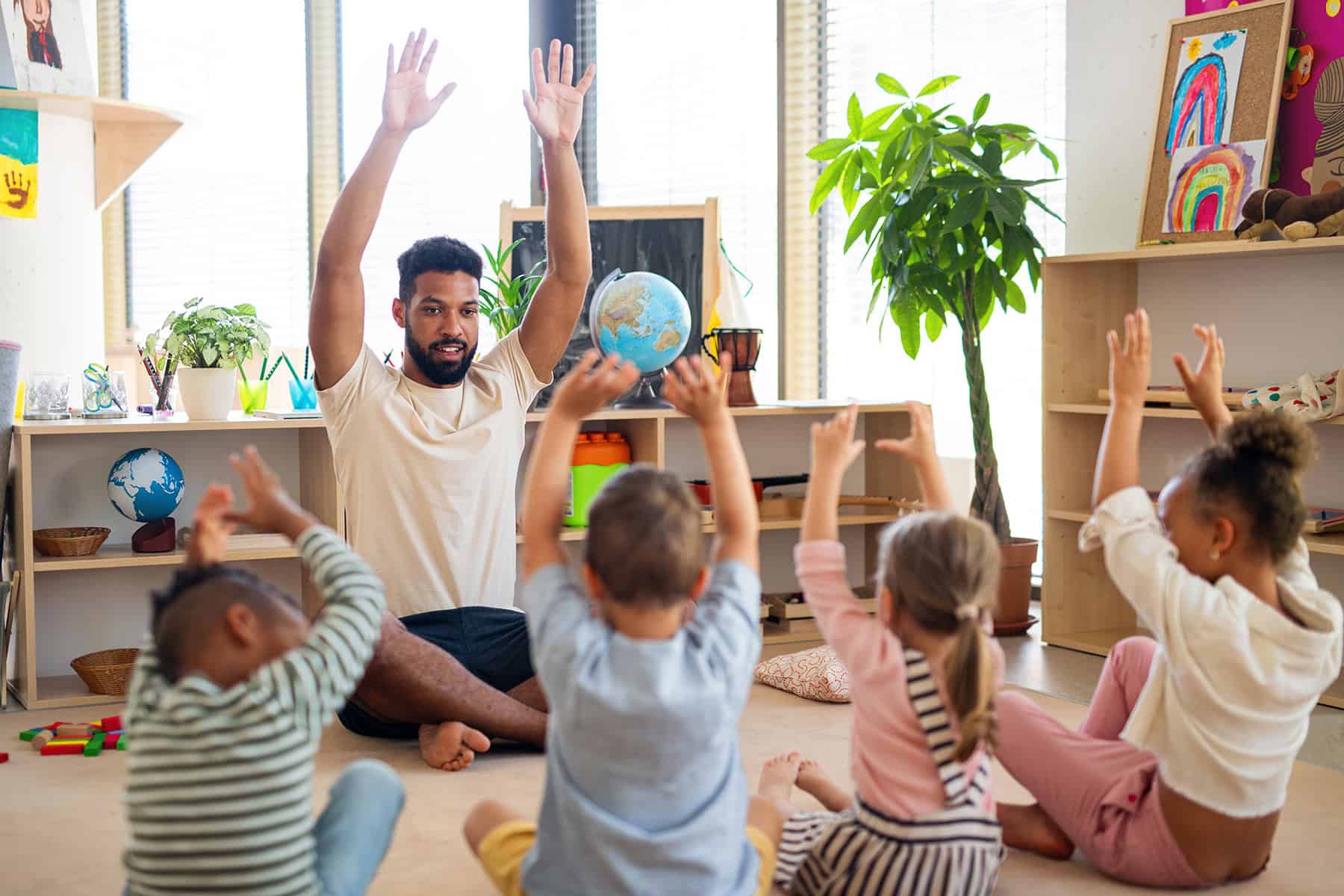
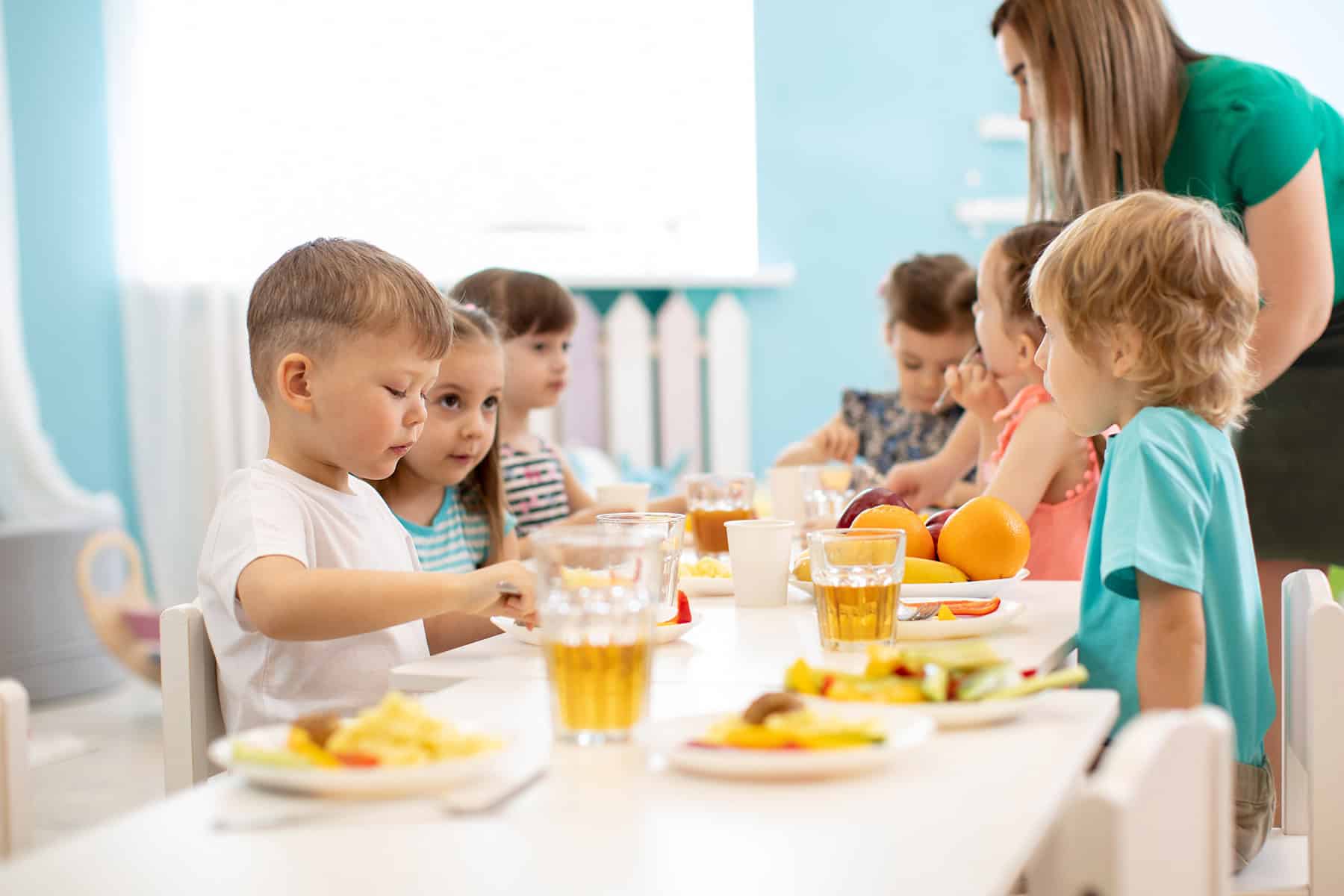
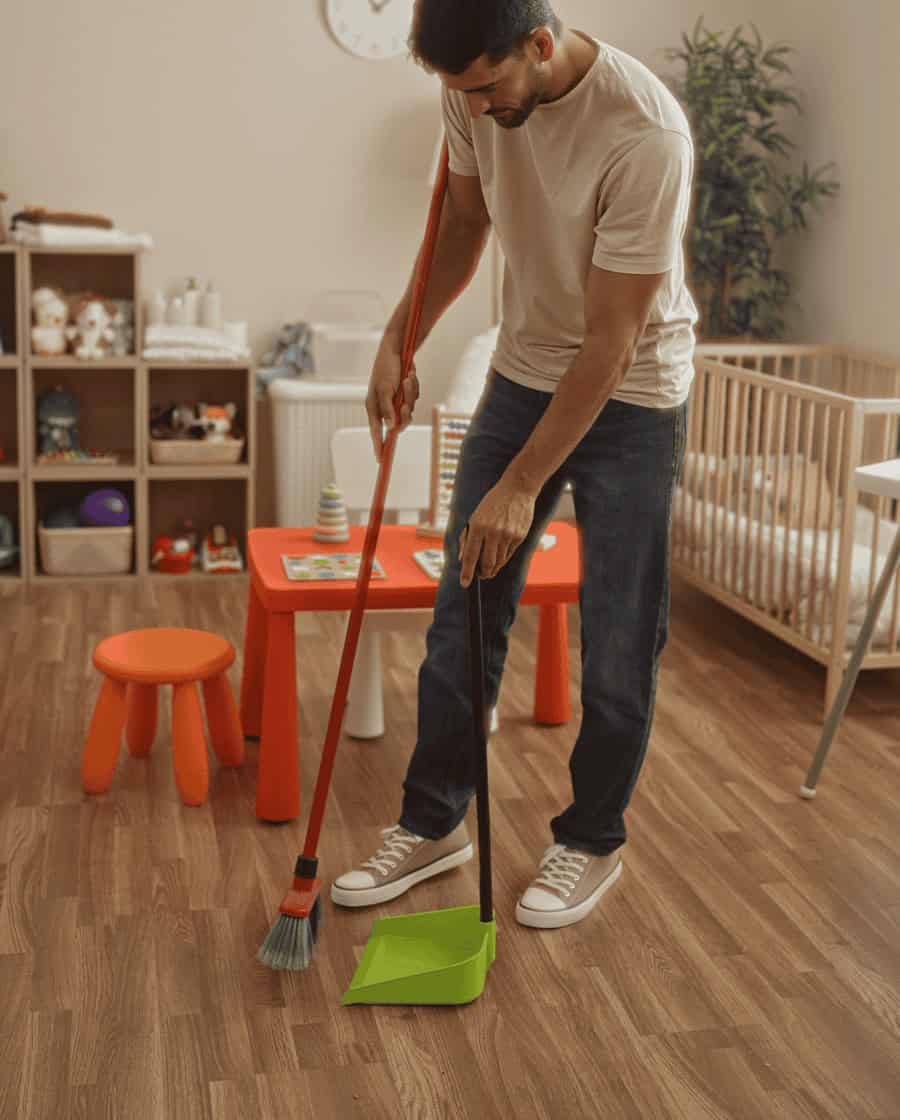
Weekly & monthly deep cleaning tasks
Keeping a childcare centre clean goes beyond daily tasks. While regular cleaning helps manage germs, some areas need deeper attention to maintain a safe and hygienic environment. Weekly cleaning and monthly deep cleaning help prevent buildup, reduce allergens and ensure a healthier space for children and staff.
Play equipment & soft toys
Deep clean and disinfect to remove hidden germs so they are safe for children to handle and play with.
Nap mats & bedding
Wash and sanitise regularly to keep sleeping areas fresh, hygienic and free of bacteria or allergens.
Windows & curtains
Wipe down the glass and wash the curtains to reduce dust and allergens.
Air ventilation & filters
Clean vents and replace filters to improve air quality.
Proper cleaning procedures & best practices
Having a cleaning checklist is essential, but performing tasks in the correct order and with the right supplies is equally important. Without proper protective gear and the correct cleaning sequence, the process may not be as effective. Here’s what the team at Jani-King recommends:
Choose child-safe disinfectants
Select disinfectants that are non-toxic and safe for children. Make sure they are effective without damaging surfaces or leaving residues that could affect their health.
Correct cleaning order
Always clean first to remove dirt, dust and debris before disinfecting to kill germs and bacteria. Cleaning helps the disinfectant work more effectively on clean surfaces for thorough sanitisation.
Proper storage and handling of cleaning supplies:
Store cleaning supplies in a secure, cool, dry place, out of reach of children. Properly label and store products according to manufacturer instructions to avoid accidents or misuse.
Importance of PPE for staff
Staff should wear Personal Protective Equipment (PPE), such as gloves, masks and goggles, to protect themselves while handling cleaning chemicals and performing tasks. This reduces the risk of exposure to harmful substances and promotes a safer working environment.

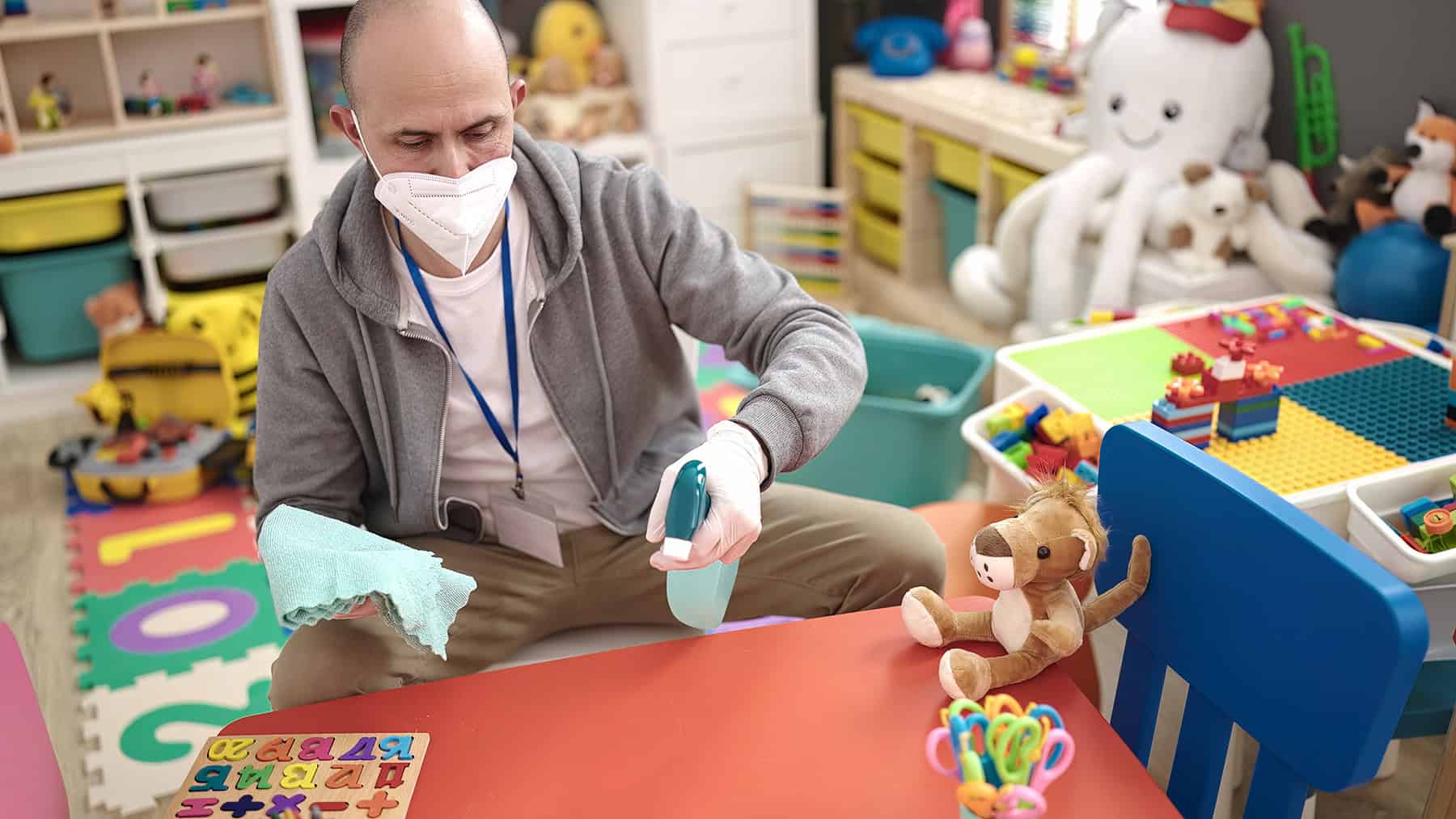
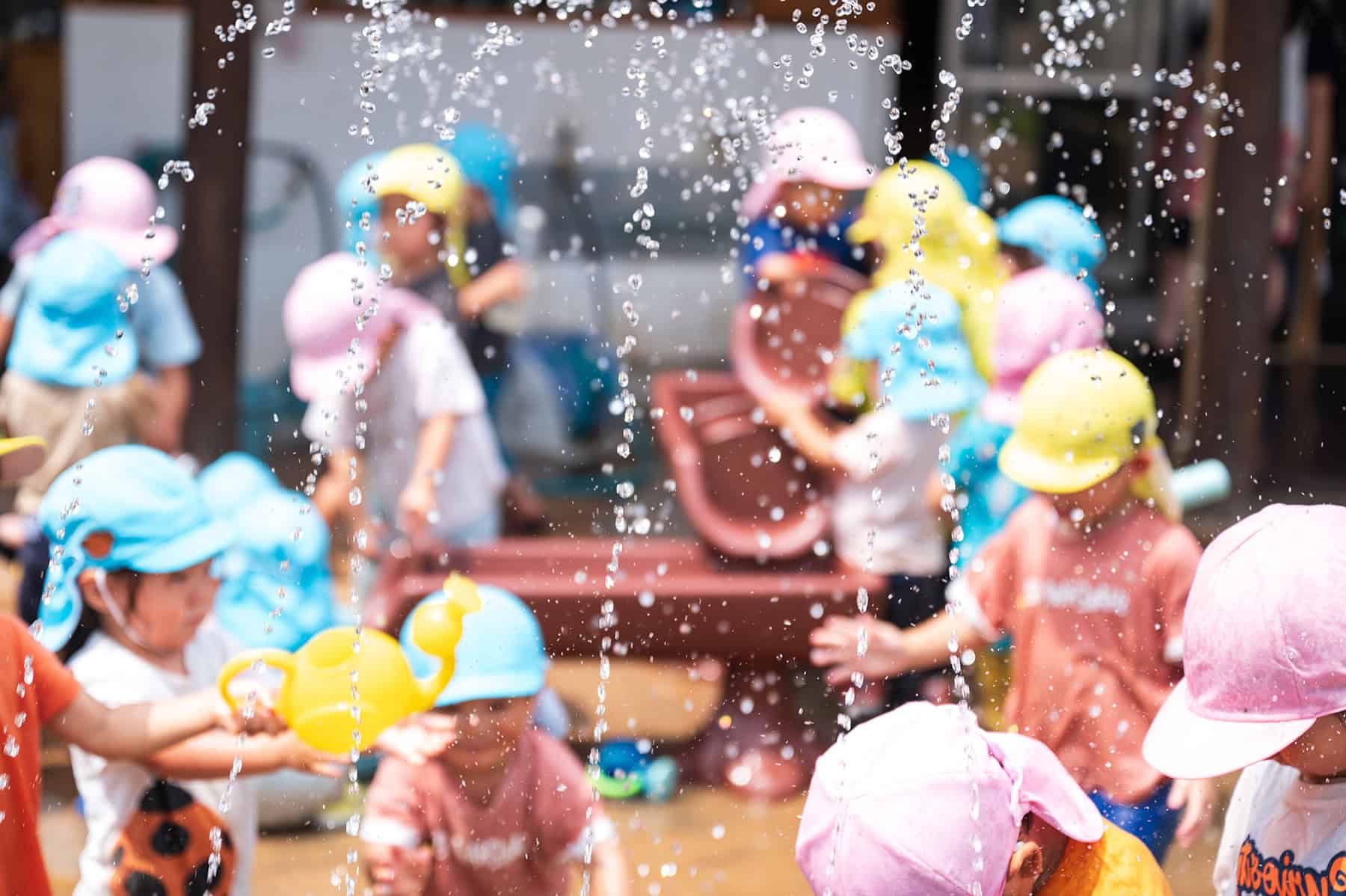
Staff training & compliance
Providing staff with the proper knowledge and tools, monitoring cleanliness regularly and keeping thorough records of cleaning routines can guarantee that hygiene practices are consistently followed. These steps help encourage a culture of responsibility and ensure that cleaning procedures are carried out effectively.
Training staff on infection control procedures
Provide comprehensive training on infection control practices so staff are equipped with the knowledge and skills to maintain a clean and safe environment.
Monitoring and reporting cleanliness standards
Monitor cleanliness standards regularly and encourage staff to report any issues. Any concerns need to be promptly addressed to maintain a high level of hygiene.
Keeping records of cleaning routines
Maintain detailed records of cleaning schedules and procedures to track compliance and monitor consistency to ensure all tasks are completed according to established standards.
Responding to illness & outbreaks
When a child falls ill, strict cleaning protocols must be followed to prevent the spread of illness. Disinfecting affected areas, especially high-touch surfaces, helps reduce the risk of germs and bacteria spreading to others.
Sick children should be isolated from the rest of the group and all areas they’ve come into contact with must be thoroughly sanitised to keep the environment safe for everyone else.
Clear communication with parents and staff is essential during illness outbreaks. Keeping everyone informed about the steps being taken to manage the situation helps build trust and ensures that everyone is on the same page.
Outlining the measures in place to protect health and safety while also maintaining open lines of communication for updates and further actions is so important.
Case Study: Sun Valley Preschool
Sun Valley Preschool faced the challenge of maintaining a consistently clean and organised environment to meet the high standards required for childcare facilities. Focusing on safety and hygiene, the preschool needed a cleaning service that could handle various tasks, from regular housekeeping to more demanding jobs like carpet and floor cleaning.
The centre director reached out to Jani-King to share her gratitude for the childcare cleaning services we’ve provided.
“Jani- King and its franchisees have consistently delivered exceptional results. They are reliable, thorough and professional in their approach to cleaning, ensuring every corner is attended to. Whether general housekeeping or deep cleaning, they offer a wide range of services to accommodate any request. Their team is detail-oriented, friendly and respectful of your space, always maintaining a high standard of cleanliness. From dusting and surface wiping to more specialised tasks like carpet or hard floor cleaning, I’ve always been pleased with their work and communication. They are also very responsive to any extra cleaning tasks I have requested.
If you’re looking for someone to help maintain a clean and organised environment, I highly recommend them.”
Prevent the spread of illness by maintaining strict cleaning procedures
Infection control is essential in childcare settings to protect the health and well-being of both children and staff. By implementing effective cleaning procedures, using child-safe disinfectants and maintaining a routine of monitoring and reporting cleanliness standards, you can significantly reduce the risk of illness and ensure a safe environment.
It’s necessary to not only establish these practices but also to maintain them consistently. Regular cleaning and staff training are key to keeping a childcare centre safe and hygienic. By staying committed to these procedures, you’re helping to encourage a healthier, safer space for children to learn and grow.
Australian childcare centres are in good hands with Jani-King
If you want to maintain a high standard of cleanliness and protect the health of children and staff, reach out to Jani-King today. Our professional team is ready to support your childcare centre with thorough, reliable cleaning services to keep your environment safe and hygienic. Let us help you create a cleaner, healthier space for children, staff and parents.
